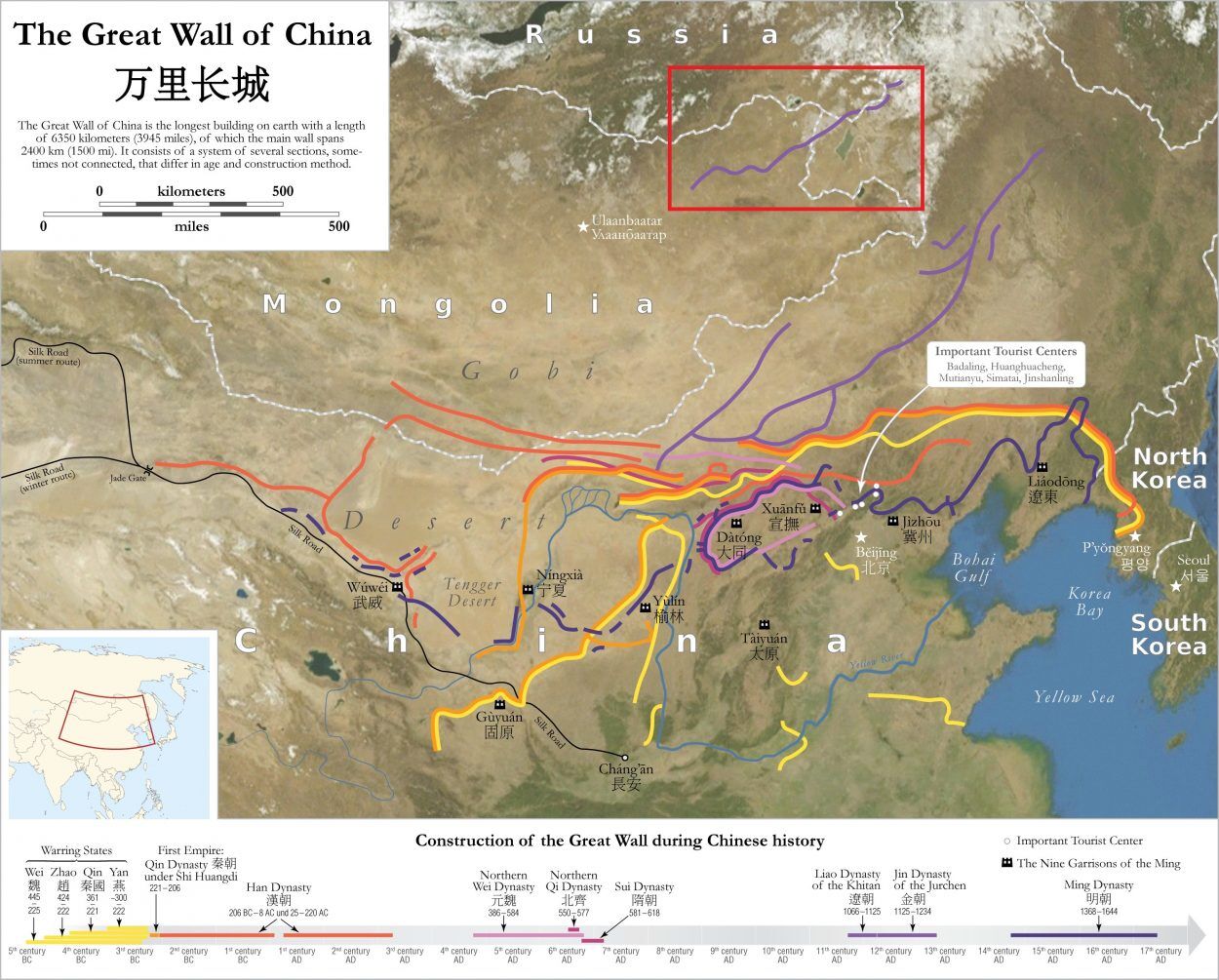Archaeologists have carried out the first systematic survey of a section of the Great Wall, previously thought to be constructed to defend against Genghis Khan.
The Northern Line (also called Genghis Khan’s Wall) is a section of the Great Wall of China, that runs across the Mongolian Steppe in Mongolia and some sections in Russia and China. The wall spans 737 km and was built in the medieval period between the 11th-13th century AD.
The study, published in the journal Antiquity has suggested that the wall was constructed to not only prevent nomadic raids, but also served as a mechanism to monitor and control the movements of nomadic populations and their supporting herds.

Archaeologists examining the wall have revealed that instead of defence, the wall was aimed at expanding the influence of the Khitan-Liao Empire, one of the Imperial dynasties in the region that sought control over the nomads living along their northern territory.
Many associated structures normally attributed to preventing incursions have been placed on lower altitudes across the Steppe, without taking advantage of the natural high vantage points which suggest their function was more for population control rather than defence.
Professor Shelach-Lavi from the Hebrew University of Jerusalem said: “Our study suggests that the assumption that these were all military structures needs to be challenged. We need to study their structure and context to better understand the reasons they were built.”
As a result of this research, the team identified 72 structures along the wall organised into small clusters, each located roughly 30 km apart. This consistency indicates that the wall was likely built in a single, organised phase.
The research also suggests it was built during the Khitan-Liao Empire, as they were one of the few states during the period to consistently control the area. This dynasty was of nomadic heritage and predated the rule of Chinggis Khan, reigning from AD 907–1125. This suggests that the wall likely was not built to specifically defend against him.
Header Image Credit : Antiquity





